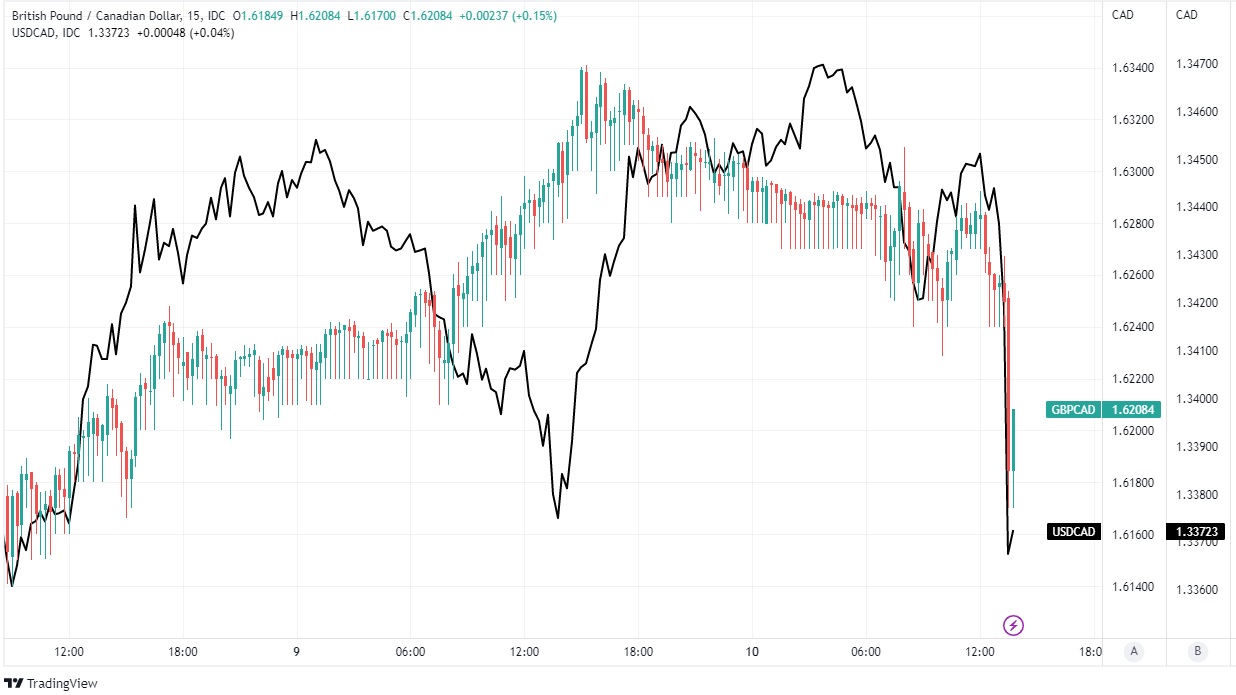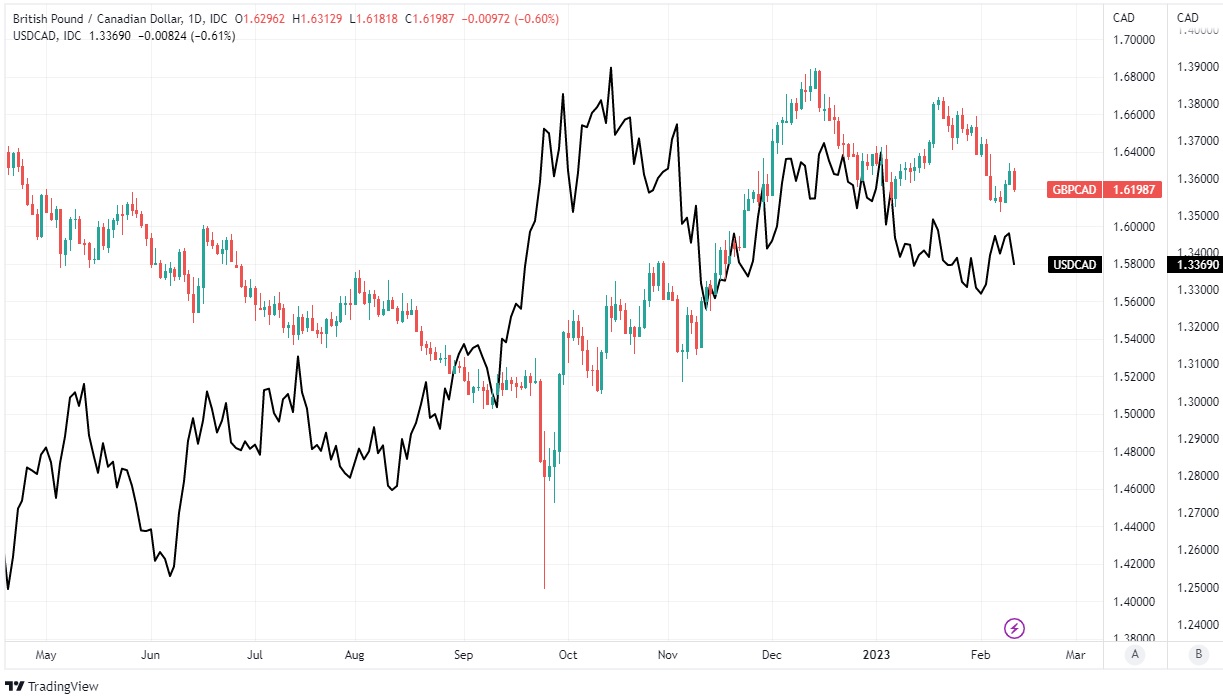 GBP/CAD declined as a result of Statistics Canada’s announcement of a substantial rise in the labor force for January, which was comparable to the growth in non-farm payrolls witnessed across the frontier only last week. In January, Canada’s labor market recruited an additional 150k individuals, 10 times over the 15k experts had predicted. This is a very positive sign for the business and its outlook for the next year.
GBP/CAD declined as a result of Statistics Canada’s announcement of a substantial rise in the labor force for January, which was comparable to the growth in non-farm payrolls witnessed across the frontier only last week. In January, Canada’s labor market recruited an additional 150k individuals, 10 times over the 15k experts had predicted. This is a very positive sign for the business and its outlook for the next year.
The problem for the rising Canadian Dollar, nevertheless, is that joblessness stayed unchanged at 5% while wage growth slowed in annualized terms, which implies there is no inflationary threat or stress for the Bank of Canada (BoC) to raise interest rates further.
“The Bank of Canada’s conditional halt on benchmark interest rates was probably done in part so that lawmakers would not feel compelled to react to anyone’s good data report, regardless of how robust it was,” argues CIBC Capital Markets economist Andrew Grantham.
“Nevertheless, this will not prevent markets from responding to today’s positive news by valuing in a larger likelihood of more rate rises and pricing out interest rate cuts,” he says. According to Grantham and his colleagues, a robust population increase and a rise in labor force participation seem to have contributed to the job gain in January, resulting in a steady jobless rate and a decline in pay growth.

“Higher salaries resulting from structural labor shortages over the long term might spark expenditure and inflation. In the absence of increased corporate investment, big interest rates may be required to counteract this tendency “In an early Thursday briefing, RBC Capital Markets analyst Carrie Freestone notes.

Records from January’s Governing Committee meeting revealed that Bank of Canada officials was conflicted between holding borrowing costs constant and raising the cash rate by yet another 25bps. Friday’s figures come close in the wake of those minutes. In the case that the Bank of Canada increased the cash rate by 0.25 percentage points to 4.5%, it said that it currently expects to maintain the rate at its present level while analyzing the economic impacts of what is already its most aggressive monetary tightening process in years.
In spite of the possibility that the BOC will hold rates stable at 4.5% when it gathers again on March 8, Joe Manimbo, an FX analyst at Convera, predicts that the following move would probably be upward instead of downward due to the tight labor market.




